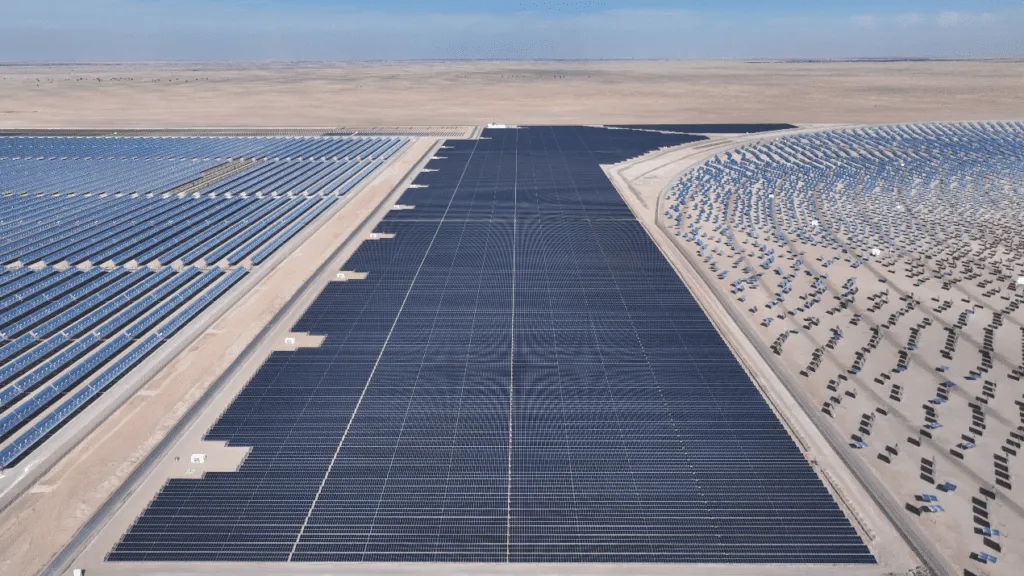Satellite images of Earth paint a stark picture: much of the planet glitters with electricity, while large swathes of Africa remain cloaked in darkness.
To put this in perspective, electrification rates across continents vary dramatically:
- North America: 100%
- South America: 97%
- Asia: 96%
- Europe: 99%
- Africa: 42%
Energy poverty defined as a lack of stable and affordable electricity affects roughly 58% of Africa’s population, or about 626 million people, according to the Institute for Security Studies (ISS).
And grid access doesn’t tell the full story. Many countries face unstable electricity supply. South Africa, for example, experienced frequent power cuts due to aging infrastructure, highlighting that access alone isn’t enough, reliability matters too.
Between 2009 and 2019, Africa’s electricity access increased by just 10%, rising from 43.5% to 53.8%. If all factors: population growth, budgets, and infrastructure stability remain constant, 100% electrification could theoretically take until 2070. Realistically, this timeline is optimistic at best.
Projections by ISS suggest that Africa’s energy access could reach 72.7% by 2043, compared to 97.4% in South America and 97.5% in South Asia. The gap is clear, but there is hope.
A major game-changer? Solar energy.
The energy think tank Ember describes Africa’s situation as a “solar take-off.” A World Bank analysis factoring in terrain and sunshine potential shows Africa leads the world in solar energy potential. The proof is already visible: by June 2025, solar imports from China into Africa rose by 60% in just 12 months, signaling growing adoption.
Read Also: Solar Could Unlock $2.5bn for Nigeria But the Diesel Economy Isn’t Letting Go
Climate think tank Power Shift Africa argues that the continent could transition to 100% clean energy by 2050 if investments continue and policies support renewables.
The question isn’t whether Africa can harness solar, it’s whether governments, investors, and communities can move fast enough to turn potential into reality.



